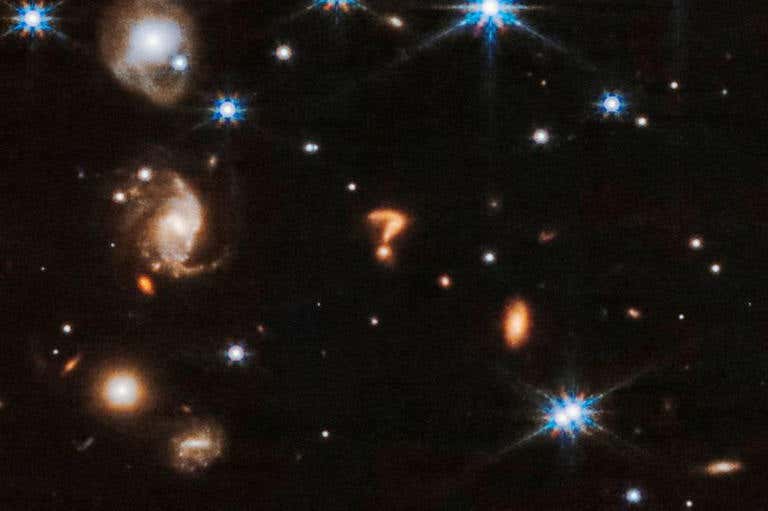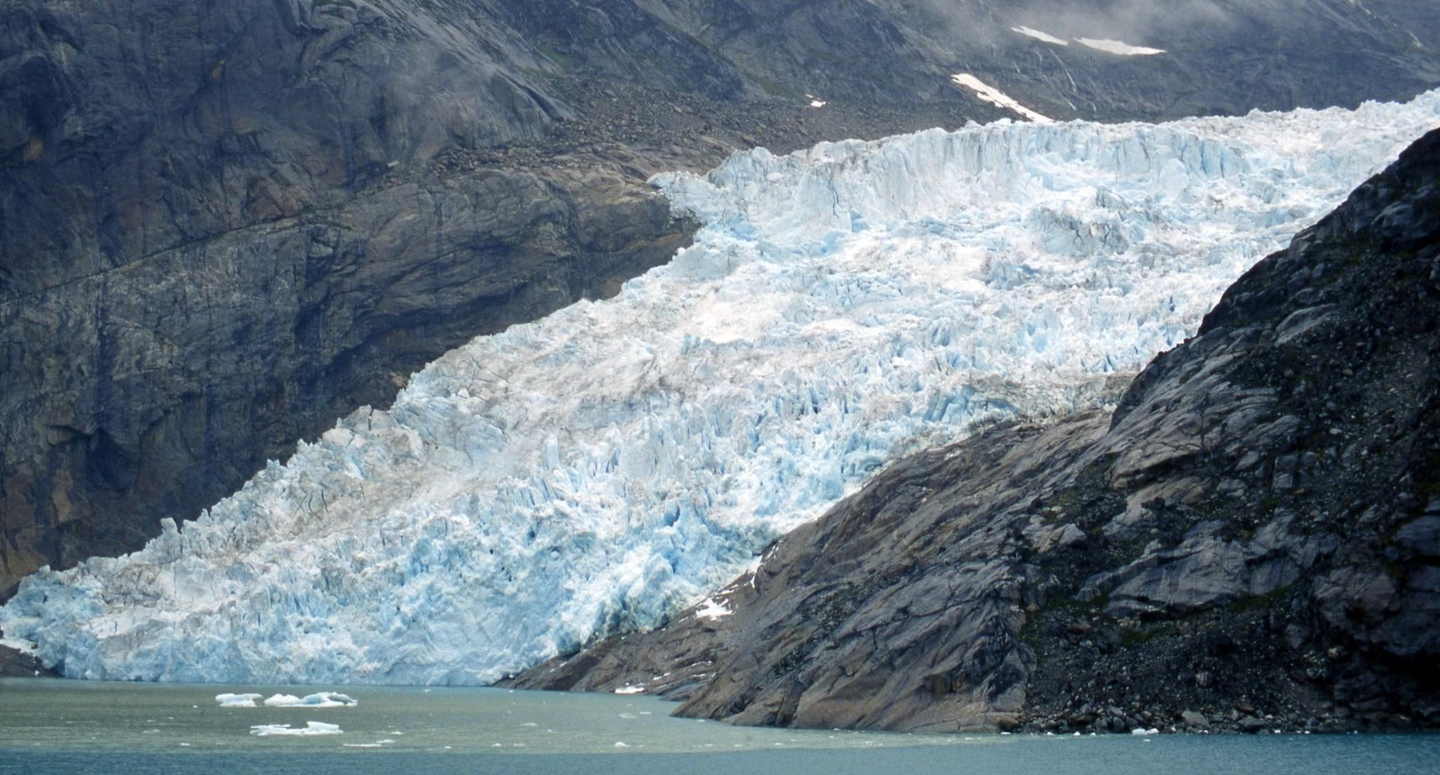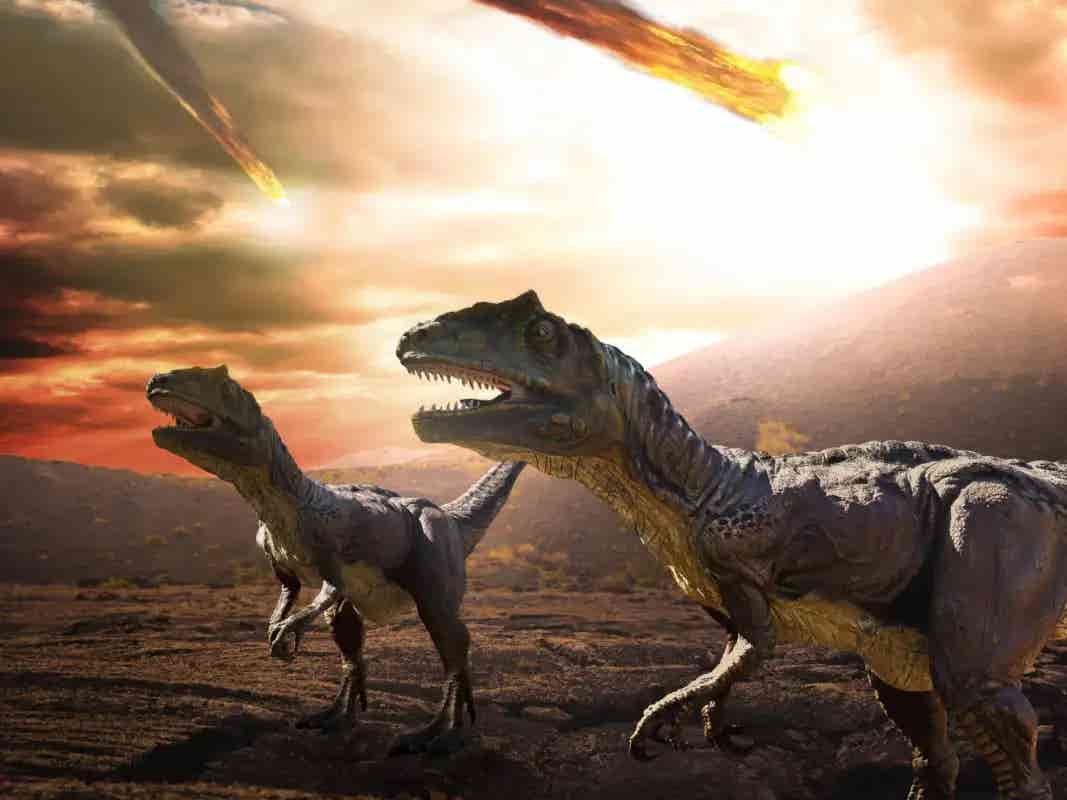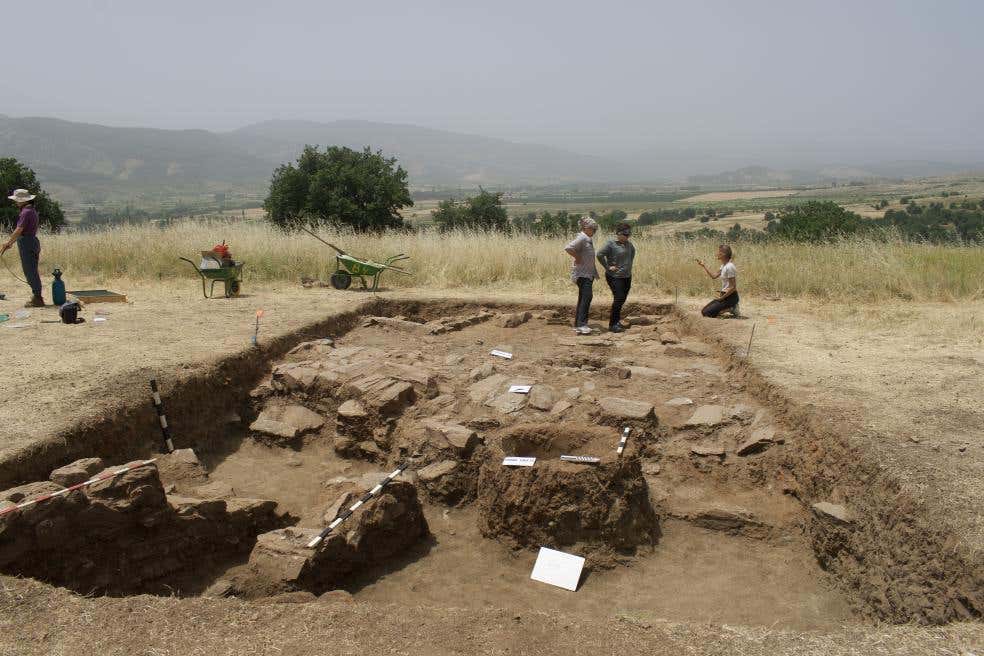NASA found a mysterious question mark in space – its not the first time
In the vast realm of the cosmos, few things are as intriguing as a mystery, especially when it manifests itself in an image of the night sky

[Aug 13, 2023: Staff Writer, The Brighter Side of News]
Question mark among stars. (CREDIT: NASA/ESA/CSA/STScI/SWNS)
In the vast realm of the cosmos, few things are as intriguing as a mystery, especially when it manifests itself in an image of the night sky. NASA’s latest offering from the James Webb Space Telescope (JWST) has presented such a puzzle, featuring what looks strikingly like a giant celestial question mark.
The revelation came about when NASA was focusing on two crucial, yet very young, stars named Herbig-Haro 46/47. These protostars, a mere few thousand years old, are so nascent in their cosmic journey that they haven’t even been technically 'born' yet. Such intriguing subjects are a testament to JWST's prowess in providing an unparalleled gaze into the universe.
As astronomers avidly studied the high-quality images of these twin protostars, the product of JWST’s NIRCam instrument, their attention was caught by the peculiar backdrop. According to National Geographic, this representation of the twin protostars is the crispest image currently available. But lurking behind, like an unsolved riddle of the universe, was the anomaly – the giant question mark with two distinct bright spots.
Christopher Britt, an esteemed education and outreach scientist at the Space Telescope Science Institute, ventured his theory on the sighting. "My best guess is that two galaxies have collided," he posited.
Related Stories
These bright spots, he suggests, might be the 'nucleus' or central points of the colliding galaxies. "That's something that's seen fairly frequently, and it happens to galaxies many times over the course of their lives,” Britt expounded. He further added, reminding us of our own galaxy’s impending destiny, “That includes our own galaxy, the Milky Way … [it] will merge with Andromeda in about four billion years or so.”
At the center is a thin horizontal orange cloud known as Herbig-Haro 46/47 that is uneven with rounded ends, and tilted from bottom left to top right. It takes up about two-thirds of the length of this angle, but is thin at the opposite angle. At its center is a set of very large red-and-pink diffraction spikes in Webb’s eight-pointed pattern. (CREDIT: Herbig-Haro 46/47 (NIRCam Image))
Galactic Patterns and Cosmic Imaginations
However, despite the surreal nature of the sighting, not all are taken by surprise. David Helfand, a renowned astronomer at Columbia University, mused over the phenomena. “It's very cute. It's a question mark … But you can find the colons and semicolons, and any other punctuation mark, because you have 10,000 little smudges of light in each image taken every half hour.” His take suggests that the vast canvas of space, combined with the way our solar system is photographed, can create an array of fantastical images.
Artist's impression of the James Webb Telescope. (CREDIT: NASA/ESA/CSA/STScI/SWNS)
And, if history serves us right, this isn’t the inaugural appearance of such a peculiar celestial design. A similar phenomenon, resonating with our current enigma, was captured by the Hubble telescope back in 2008.
Yet, the exact cause of such rare space events remains elusive. While collisions between galaxies are a logical explanation, other theories suggest that the galaxies may be simply circling each other, creating a unique play of light and shadow. Deciphering the true nature of such phenomena remains one of space science's enduring challenges.
JWST’s NIRCam instrument. (CREDIT: Lockheed Martin)
Unraveling this celestial question mark involves numerous challenges. The primary task for experts now is to discern the actual distance of these objects. Understanding their position in space could offer invaluable insights into their nature, origins, or the events that lead to such intriguing distortions of light.
It's essential to remember the vastness and intricacies of our universe. NASA photographs a staggering number of celestial objects annually, showcasing the myriad wonders and mysteries of space. However, not every capture has a clear or immediate explanation.
As we stand on the threshold of further cosmic discoveries, this celestial question mark serves as a profound reminder. Space remains a realm filled with unsolved riddles, pushing the boundaries of human understanding and imagination. It’s a testament to the universe’s capacity to surprise, intrigue, and mystify even the brightest minds. And while we may not have all the answers now, the pursuit of these cosmic questions ensures that our journey through the stars remains ever-enthralling.
Note: Materials provided above by The Brighter Side of News. Content may be edited for style and length.
Like these kind of feel good stories? Get the Brighter Side of News' newsletter.
Joseph Shavit
Head Science News Writer | Communicating Innovation & Discovery
Based in Los Angeles, Joseph Shavit is an accomplished science journalist, head science news writer and co-founder at The Brighter Side of News, where he translates cutting-edge discoveries into compelling stories for a broad audience. With a strong background spanning science, business, product management, media leadership, and entrepreneurship, Joseph brings a unique perspective to science communication. His expertise allows him to uncover the intersection of technological advancements and market potential, shedding light on how groundbreaking research evolves into transformative products and industries.



